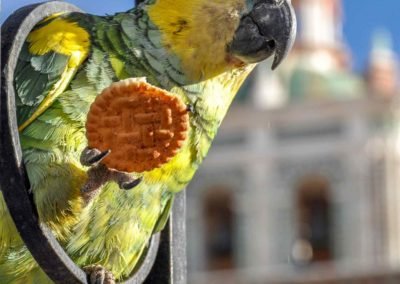Bolivia’s Lake Titicaca
Bolivia’s Lake Titicaca is the cultural birthplace of Inca civilization.
Legend has it the sun sent his son, Manco Capac, to meet the moon’s daughter, Mama Ocllo, and emerge from the waters to establish the Inca Empire.
Holding the title of South America’s largest lake, Titicaca straddles the border of Peru and Bolivia at 12,500 feet above sea level.
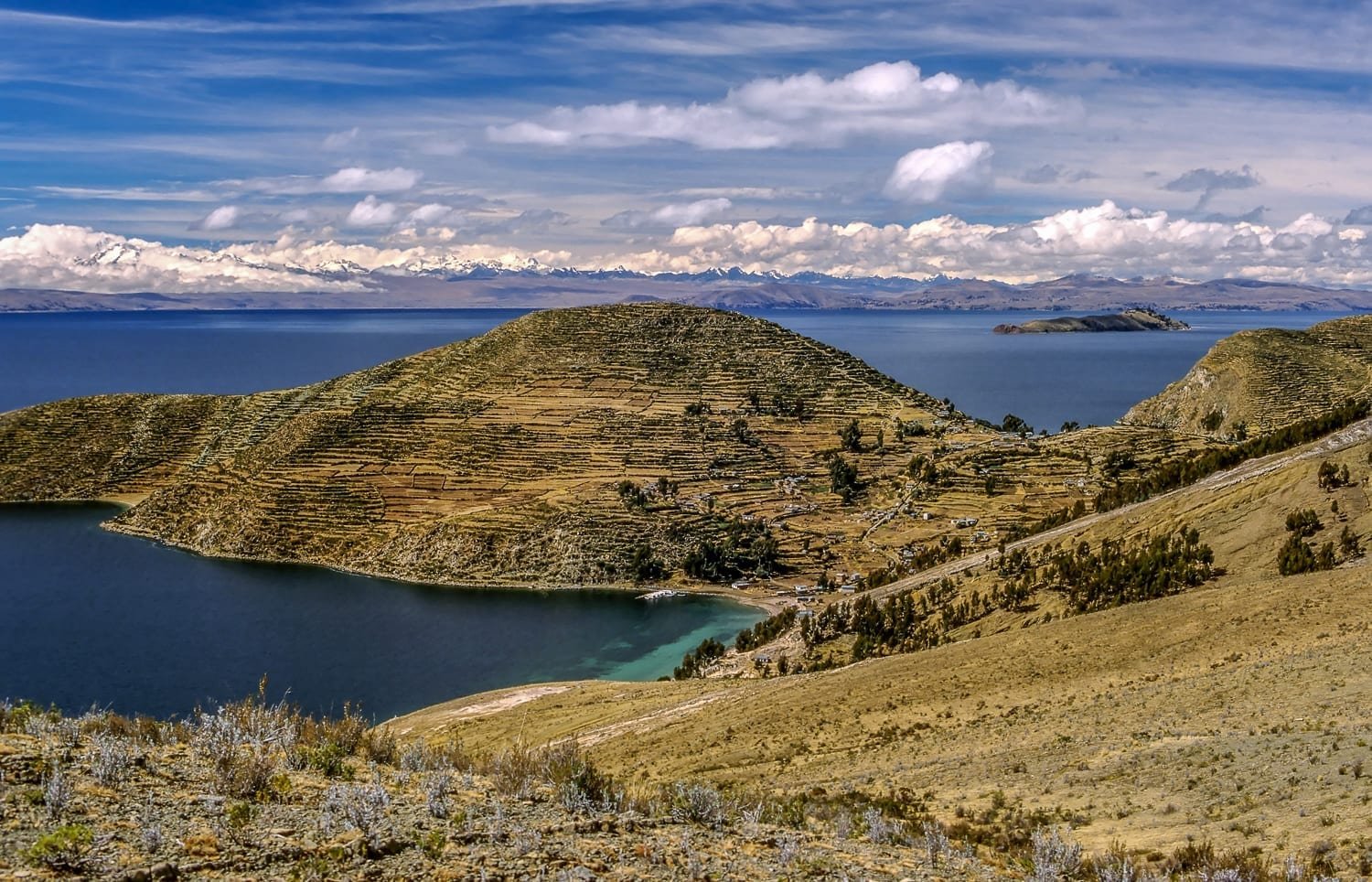
The high altitude of Lake Titicaca blesses the surrounding area with remarkably clear air and water.
As part of an endorheic basin, Titicaca collects and retains rain and melt-water while allowing virtually no outflow.
The lake is fed by five major river systems and the shimmering glaciers surrounding the Altiplano.

A temple, terraces, walls, and roads found below the water’s surface beckon the conclusion that lake levels were lower in Inca times.
Titicaca is home to 41 natural islands and countless floating islets.
Isla del Sol and Isla de la Luna
On the Bolivian side of the lake, Isla del Sol and Isla de la Luna each played important roles in the Inca creation drama.
Isla del Sol features over 180 ruins, while Isla de la Luna houses an Inca convent for Virgins of the Sun.
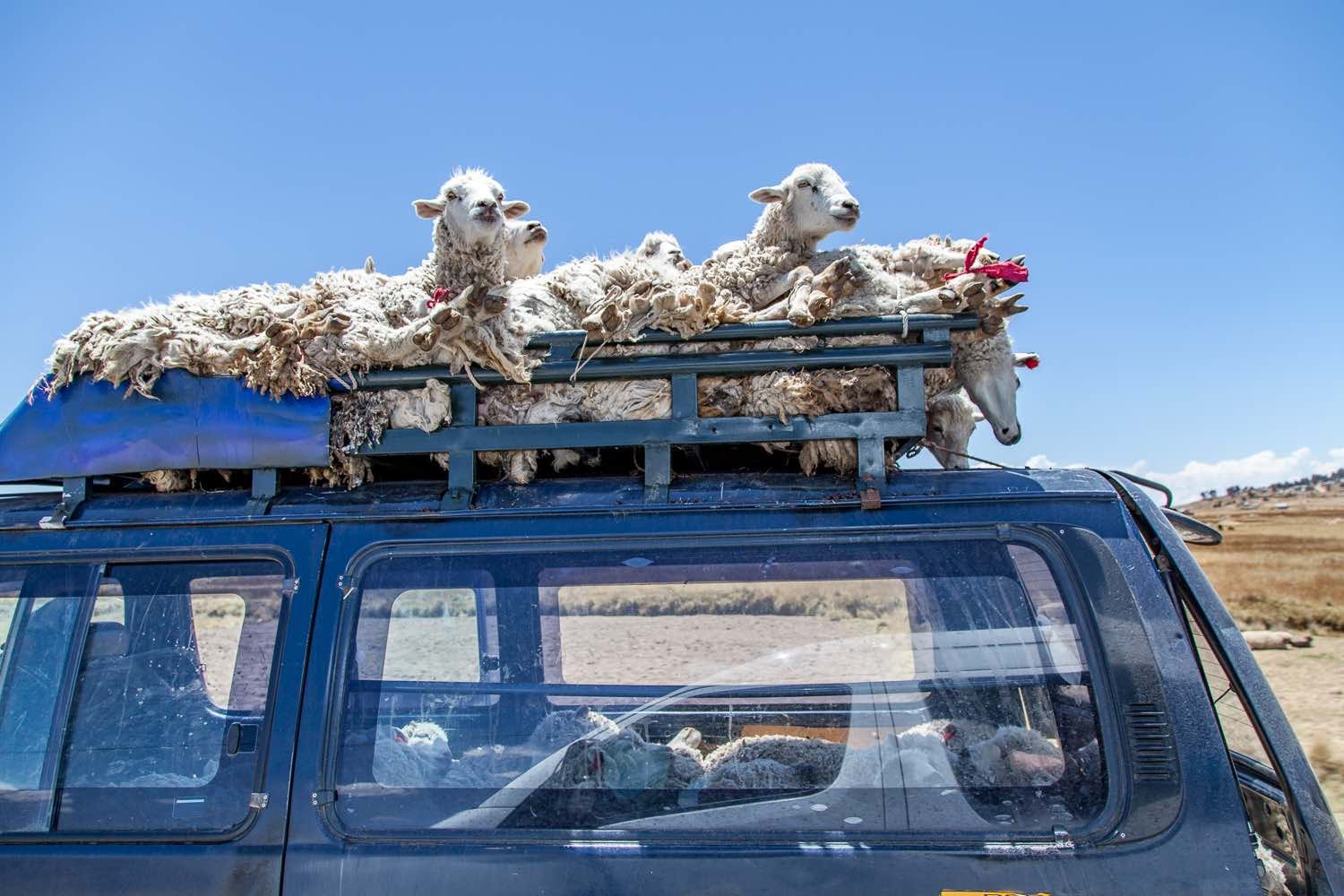
Copacabana Festivals
The principal town on the Bolivian side of the lake is Copacabana, famous for its 16th-century Basilica of Our Lady of Copacabana— the shrine of Bolivia’s patron saint.
Cocacabana hosts several annual festivals and pilgrimages:
- March / April Holy Week
- Bolivian Independence Day (August 6th)
- Festival Of The Cross (early May)
- February’s Raucous Fiesta De La Virgen De Candelaria (parties, parades and bullring bravado)
On the Peruvian side of the lake, the Uros people build floating islands and boats out of cut totora reed.
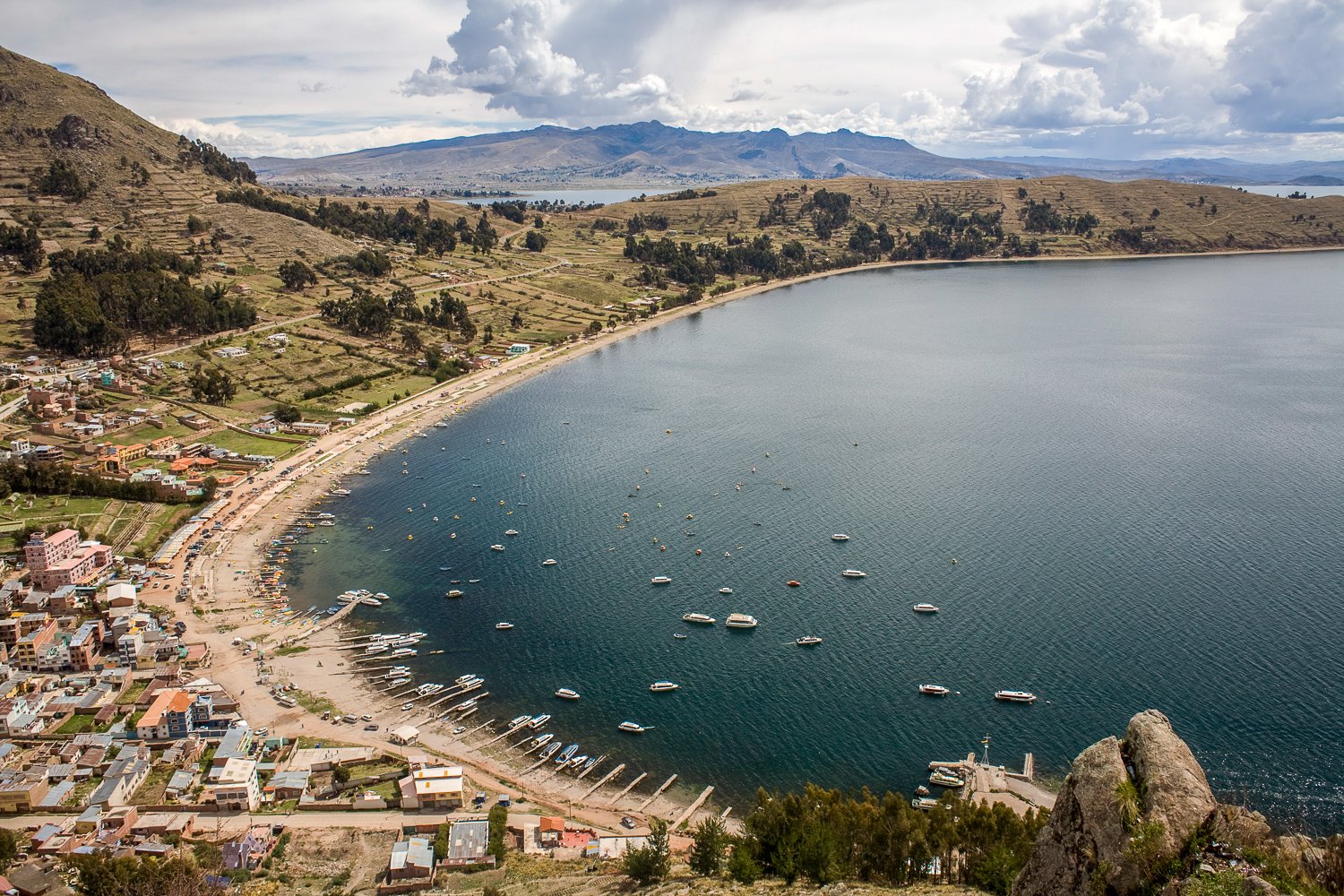
When a couple marries, tradition dictates a part of the parents’ island may be cut off and presented as a wedding gift.
Taquile Island
Neighboring residents of Taquile Island maintain both traditional lifestyles and dress.
Their highly-prized, back-loomed textiles are available for purchase at the island’s cooperative store.
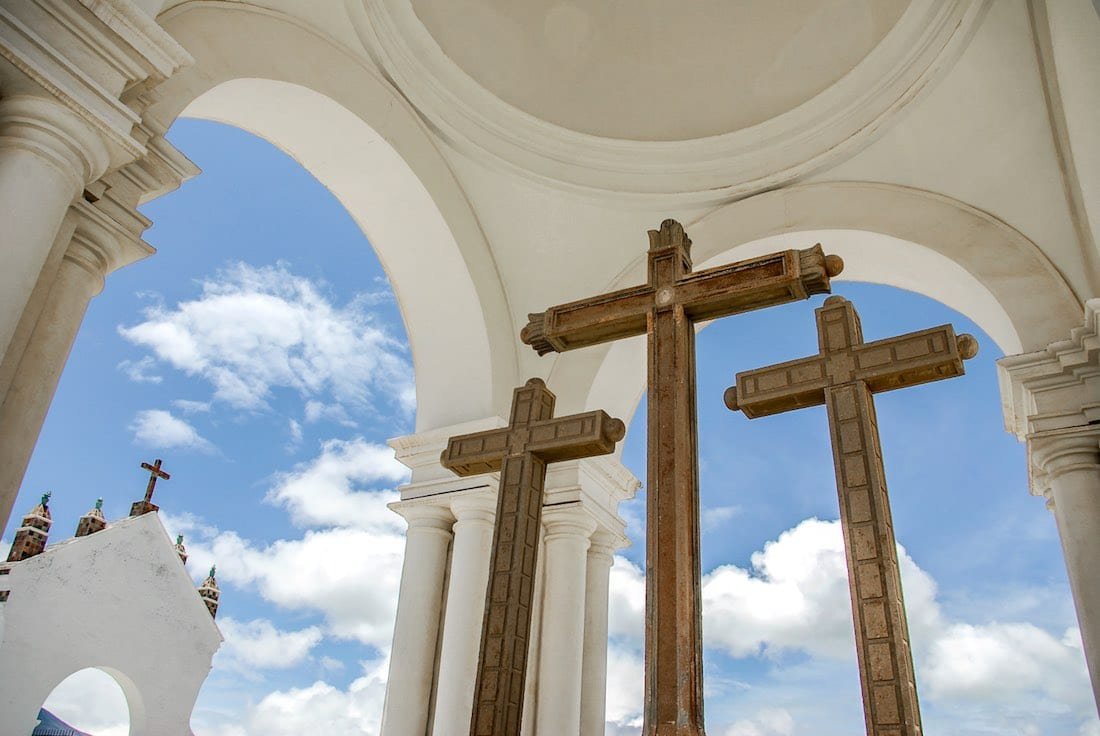
Over the last decade, several high-quality hotels opened around Lake Titicaca, primarily along its Peruvian shore.
Suasi Island
One of the more notable examples is found on the privately-owned Suasi Island, where relaxing days are crowned by breathtaking sunsets and brilliant stars.
The Titicaca region can be reached by air (flights to Juliaca, Peru or La Paz, Bolivia), by train, and by road.
The climate is consistently cool and clear year-round. The drive from La Paz to Copacabana takes about 2.5 hours.
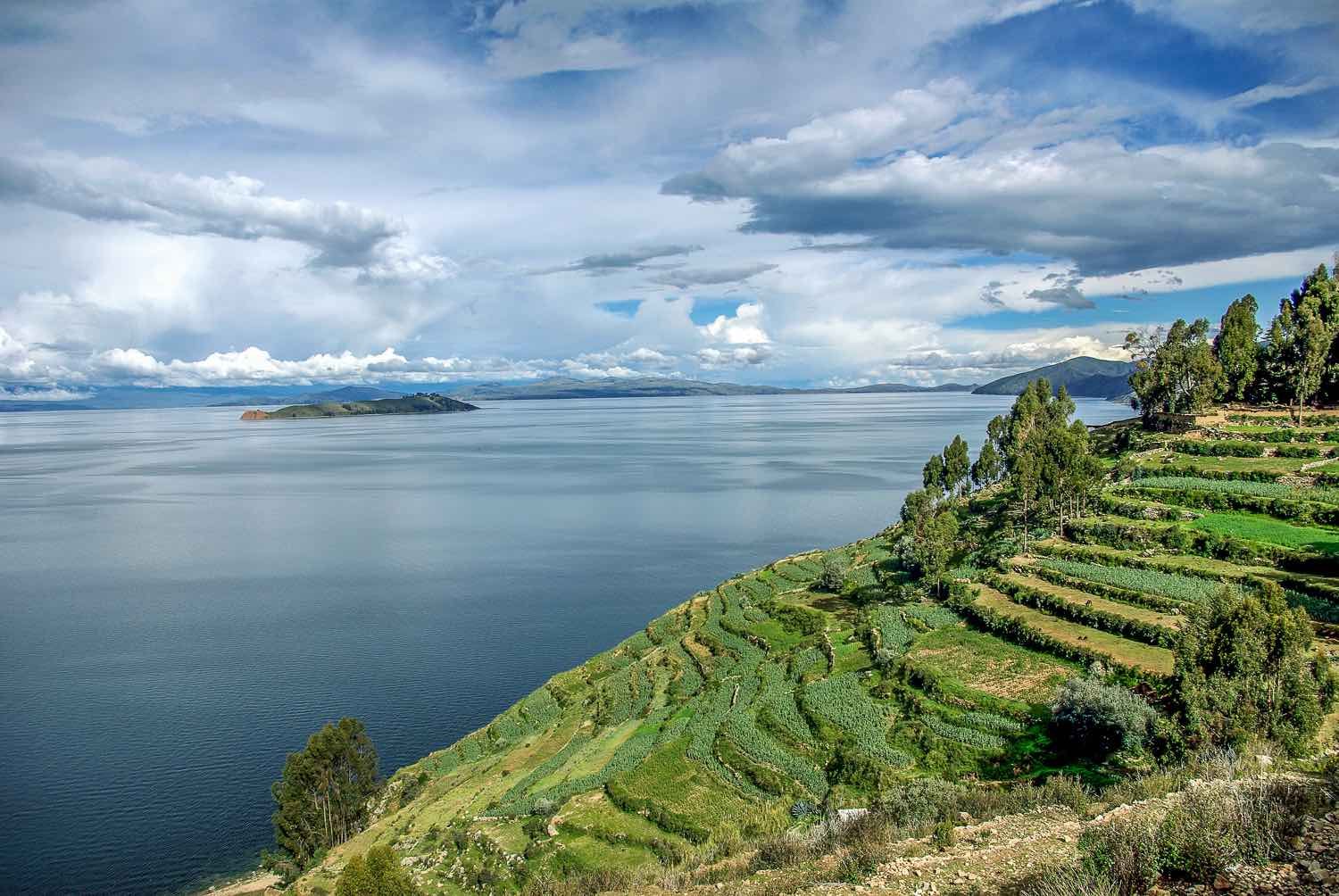
LANDED arranges personalized travel in Bolivia and throughout South America. When you travel with us, you’ll be relaxed, prepared, and delighted. In fact, more than 90% of our business is repeat or referral. Speak with one of our expert travel planners today at 801.582.2100. Soon, you’ll have LANDED
“The poetry of the earth is never dead.”
John Keats
—— ALBUMS & STORIES
LAKE TITICACA FAMILY TRAVEL ALBUM
—— COMBINE WITH
CUSCO
LA PAZ
LAKE TITICACA
LIMA & BEYOND
UYUNI & THE SOUTHERN ALTIPLANO




